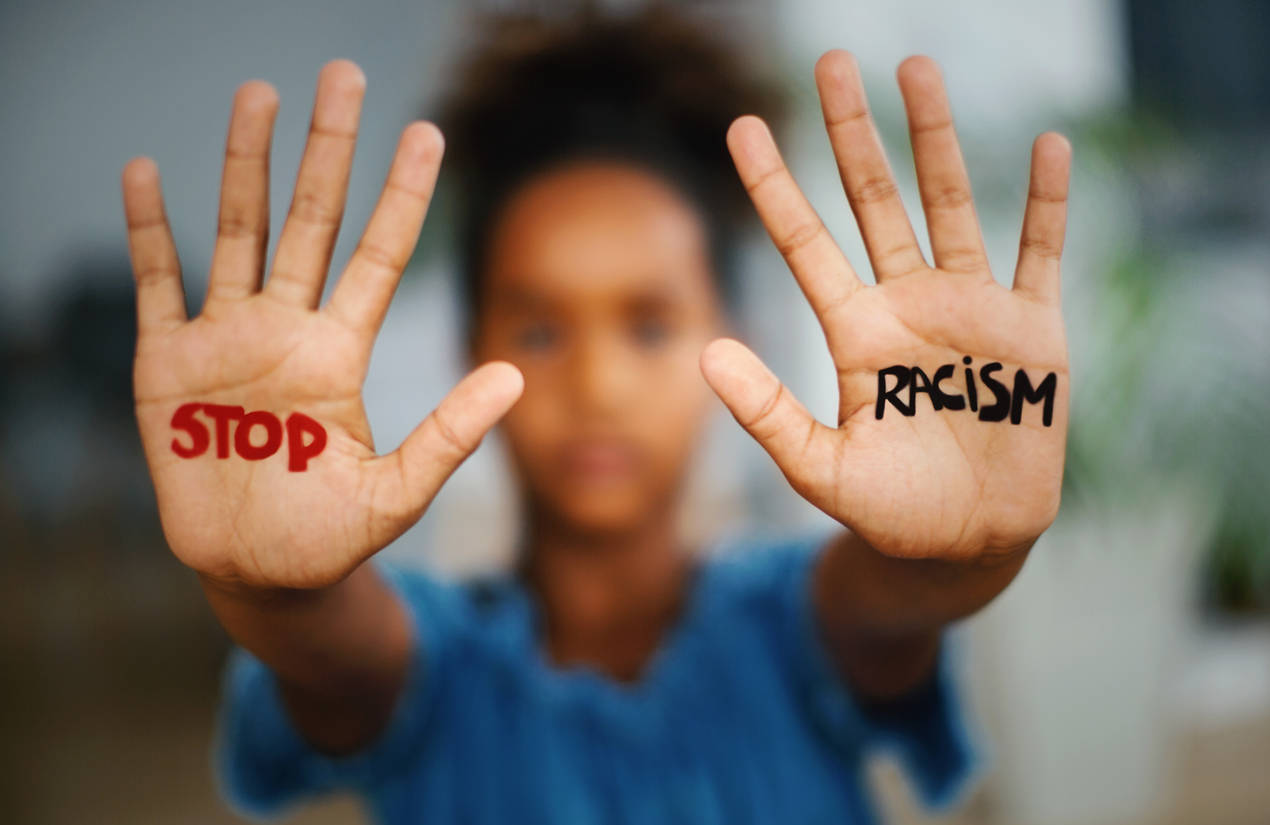
[ad_1]

Racial discrimination is not an infrequent occurrence. It has been passed on and transformed into various methods used against many individuals and known faces as well, to discriminate on the basis of their skin colour, racial, or ethnic origin. Consumers may have turned a blind eye towards this before, but today, brands that are specifically focusing on certain body sizes or skin products, or even constantly emphasizing fairness as the ideal beauty standard are no longer accepted by global platforms and even the majority of the consumer-driven businesses. After all is said and done, what brands say and what they do matters equally.
The BLACK LIVES MATTER movement started last year, after the devastating tragedy that took place with 42-year-old George Floyd in Minnesota on May 25th, 2020. It is shameful to admit that while this incident wasn’t the first of its kind, it did trigger something intense that brought an effective transition to the same, old way people addressed, or rather, knowingly unaddressed the prevalent racism and social injustice that many people living around the world were inescapably dealing with.
With many international as well as Indian celebrities embracing their brown skin proudly with a radiant, undaunted smile, being beautifully empowered in their body themselves, and encouraging others to do the same, a new kind of perspective is required when it comes to planning marketing strategies for brands. These strategies should be covering all kinds of body types and skin colours from all corners of the world. This is the right way forward towards a new era of equal rights and unbiased acceptance towards everyone.
The changing face of idealism
It was way back in 1996, when rumours startled the American designer Tommy Hilfiger, about him being on the Oprah Winfrey Show and her asking him to leave the show immediately because of a comment he made about how he doesn’t want the minorities wearing his clothing. This rumour had lingered for years and years till 2007, when Hilfiger finally decided to go on the Oprah show to put these talks to rest. But, there was one thing that couldn’t be covered up anymore – there was simply not enough diversity or inclusion in the fashion industry, even though the issue had been raised time and again by many celebrities. For instance, the beautiful Naomi Campbell graced the cover of Net-a-Porter in 2013 and discussed the racism prevalent in the fashion world. In this way, this issue kept getting highlighted many times but lacked the cogency which could’ve made it a movement then.
Also read: The sweet spot between customer service and technology
Not anymore. Issues like this are smack at the forefront of people’s agendas right now. Global Fashion Agenda, a leadership forum for industry collaboration on fashion sustainability recently took a stand against all forms of racism, discrimination, and social injustice at the Copenhagen Fashion Summit. Apart from this, tangible steps are being taken to rectify this folly by a few of the brands like Peter Do – a former Celine designer who has earned a cult following in recent years for a phoebe-infected flair of his eponymous creativity, ASAI directing his iconic Rihanna-approved hot pink Wok dress into further production for the first time, only to raise money for the Black Lives Matter movement, and after years of criticism on its lack of racial diversity, Gucci styling its Pre-fall 2017 campaign with inspiration from the African-American culture.
Brown branding
Here at home, the most alluring ad of Forest Essentials shows how beautiful the Indian skin is, being blessed with natural elements of the earth. Compare this over Fair & Lovely advertisements ruling the idealism of Indian skincare for a very long time. Consequently, racial diversity is widely taking place in India through many brands who are choosing brown-skinned models and related campaigns for marketing their products, all the while upholding the respect for international standards very well with the same culture of revolution. Indian women are getting empowered, their gorgeous natural looks are being accentuated for their splendour. Take Sabyasachi for example, notice how his outfits flaunt the dusky, sharp features on Indian females, draped in slender silhouettes, breaking the “fair girls are beautiful” norm. Locally and internationally, Indian tones and aesthetics are being admired and respected. The endorsements and runway shows of the newer, more progressive campaigns nowadays are being picked up by top-notch fashion editorials of global agencies, who rave about the bewitching beauty of the brown skin.
This transition is only the beginning of bringing appreciation and value to the brown skin appeal. Add to this the fact that young Indian female model Neelam Kaur became a part of L’Oréal Paris’ campaign, featured on the cover of Marie Claire, and became Balmain’s muse for a special cover for Harrods. This goes to prove that Asians from a wider diversity of sectors seem to be taking the bar higher, with even the young talents joining in, knocking out the stereotypes, endorsing major brands with the utmost flair, and adding a whole new level to the game.
[ad_2]
Source link